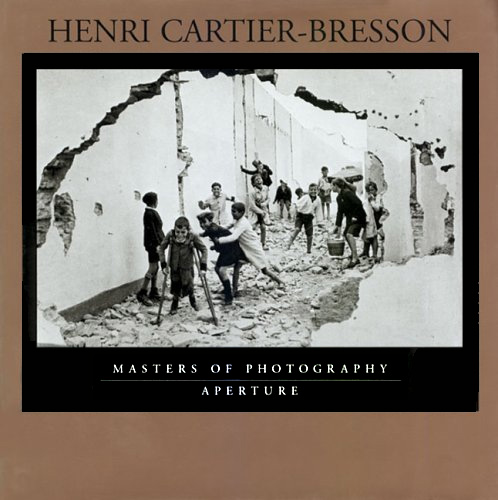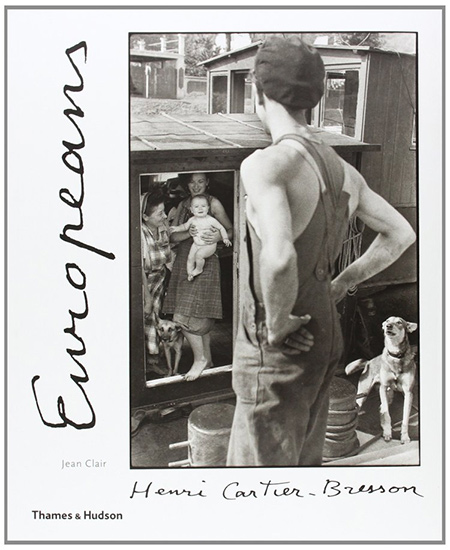Henri Cartier-Bresson was born in the French town of Chanteloup-en-Brie in 1908.
His first artistic love was painting and both the Cubist and Surrealist art movements had a profound effect on his work. Among the photographers who most influenced him were Eugene Atget, perhaps the first great French ‘street photographer’ and the Hungarian photographer Martin Munkacsi.
Cartier-Bresson was of the Humanist School of photography along with the likes of Robert Doisneau, André Kertész, Brassaï and Willy Ronis, his photography revolved around revealing the human condition while maintaining his subject’s dignity.
His work was informed by the philosophy of Jean-Paul Satre who spoke of a new type of photography that would depict the ‘subjective experience’ of life. Cartier-Bresson was an avid reader and his photographic output was also influenced by writers such as Marcel Proust, James Joyce and André Breton.
HCB along with fellow photographers Robert Capa, David “Chim” Seymour, George Rodger and William Vandivert was co-founder of the most important of all photographic cooperatives and agencies, Magnum. Cartier-Bresson created images not only in his native France and Europe but travelled extensively capturing life in India, Mexico and the USA.


While the term ‘Decisive Moment’ was originally used by Jean François Paul de Gondi, a 17th-century French churchman and diplomat, it was HCB who applied it to a style of photography where the photographer was attuned to their surroundings and ready for the fleeting moments where disparate elements aligned.
‘What the eye does is to find and focus on the particular subject within the mass of reality… In a photograph, composition is the result of a simultaneous coalition, the organic coordination of elements seen by the eye…But inside movement there is one moment at which the elements in motion are in balance. Photography must seize upon this moment and hold immobile the equilibrium of it.’ (“The Decisive Moment” Simon and Schuster 1952.)
Another major strand of his work is his understanding of, and passion for geometry in images. HCB said “Geometry is what attracts me in photography. I see life in terms of geometry” referring to his appreciation for the visual organization and composition of scenes, which he believed were best captured through the use of geometric shapes and patterns.
A third crucial aspect of his style was the use of visual ‘rhymes’ where a shape or graphic element was repeated, a classic example being the 1932 image of a man jumping over a puddle behind the Gare St. Lazare. The man is caught in full stride, which is reflected in the puddle, a similar shape is formed by debris in the foreground but the visual icing on the cake is the rhyme of the leaping figure in the poster on the wall behind.
Although HCB is regarded as a pioneer of photojournalism and street photography it is not how he primarily saw himself.
“I’m not interested in documenting. Documenting is extremely dull …I’m a very bad reporter and a photojournalist. (Frank) Capa told me …You mustn’t have a label of a surrealist photographer. All my training was surrealism… he said if you were labelled as a surrealist photographer you won’t go any further you won’t have an assignment.. Just forget it, do whatever you like but the label should be a photojournalist. And Capa was extremely sound so I never mentioned surrealism, … I’m not a reporter”. (Words by Henri Cartier-Bresson 1973)
He gave up photography in later life and went back to painting. He died in 2004 at the age of 95.
